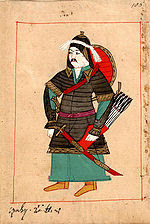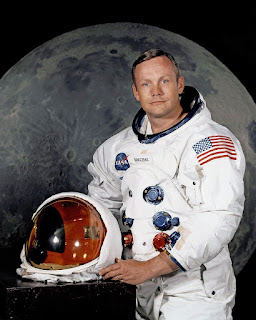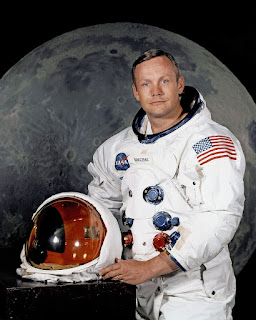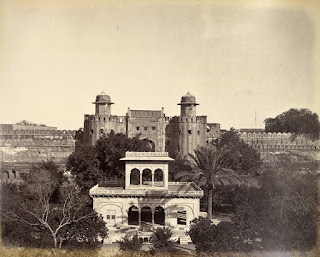Kilij Arslan

(Old Anatolian Turkish: قِلِج اَرسلان; Persian: قلج ارسلان, romanized: Qilij Arslān; Turkish: I. Kılıç Arslan or Kılıcarslan, lit. "Blade Lion") (1079–1107) was the Seljuq Sultan of Rûm from 1092 until his demise in 1107. He governed the Sultanate during the hour of the First Crusade and in this way confronted the assault. He additionally restored the Sultanate of Rum after the demise of Malik Shah I of Great Seljuq and crushed the Crusaders in three fights during the Crusade of 1101.[2]







